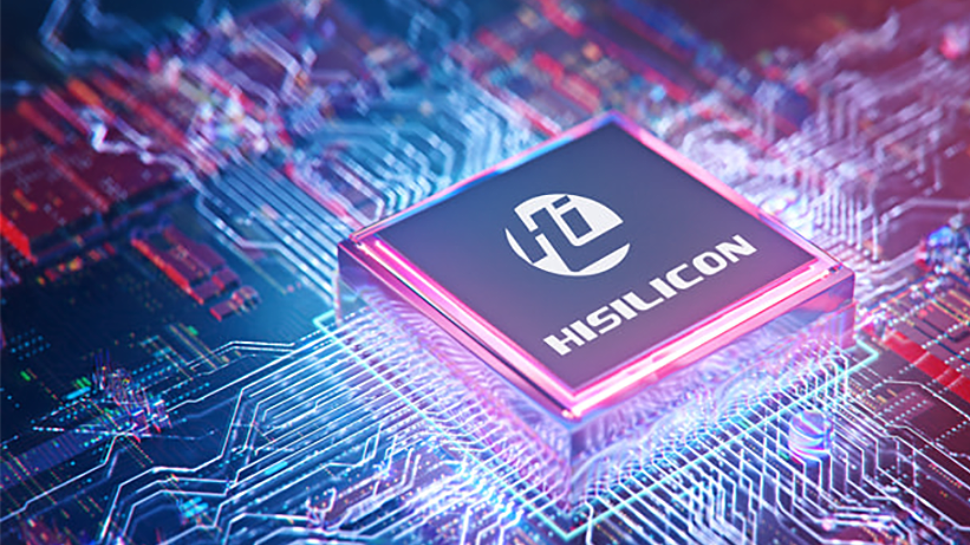
Huawei’s (Kirin 9000S) New Mystery 7nm Chip from Chinese Fab Defies US Sanctions
Huawei Mate 60 Pro’s Kirin 9000S SoC represents a major leap in Chinese semiconductor technology, challenging global leaders.
As semiconductor technology evolves, there has been a breakthrough that promises to reshape its dynamics. In this unfolding narrative, the Huawei Mate 60 Pro, powered by its Kirin 9000S system-on-chip (SoC), is at the center. This article explores the mysteries surrounding the Kirin 9000S, its production at China’s Semiconductor Manufacturing International Corporation (SMIC), and the potential ramifications for the global semiconductor market.
The Kirin 9000S SoC: An Enigmatic Creation
The Huawei Mate 60 Pro’s beating heart is the Kirin 9000S, a highly sophisticated SoC cloaked in secrecy. While official details are scarce, it is rumored to be a product of China’s own HiSilicon, boasting a unique blend of CPU and GPU microarchitectures, setting it apart from its predecessors. Let’s delve deeper into the enigmatic Kirin 9000S.
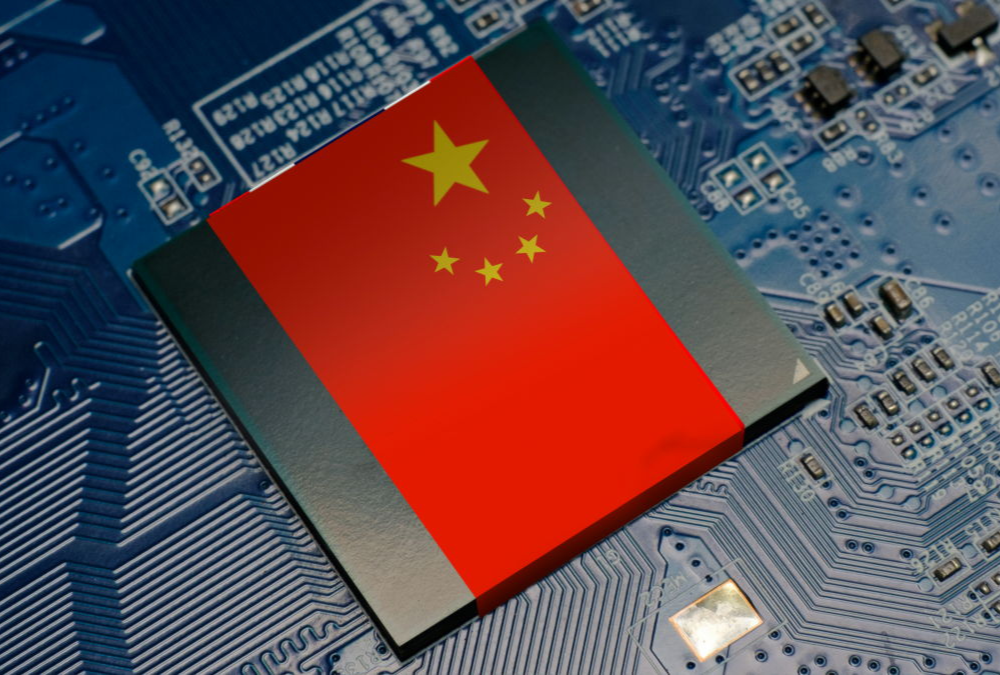
1. A Complex SoC: Unraveling the Kirin 9000S
The Kirin 9000S exhibits complexity in its design, featuring four high-performance CPU cores and four energy-efficient cores. These cores, powered by HiSilicon’s TaiShan microarchitecture, operate at lower clock speeds compared to previous generations, possibly attributed to the unconventional 7nm-class fabrication process. This process represents a potential milestone for both SMIC and Huawei, but its exact specifications remain shrouded in mystery.
2. SMIC’s Role in the Revolution: Navigating the Fabrication Process
The Kirin 9000S’s manufacturing process has generated significant speculation. Reports suggest that SMIC employs its 2nd generation 7nm-class fabrication process, while others refer to it as a 5nm-class technology, previously known as SMIC’s N+2. The ambiguity surrounding SMIC’s capabilities and processes fuels curiosity and discussion within the tech industry.
3. Advanced Packaging: The Art of Stacking
One intriguing feature of the Kirin 9000S is its utilization of stacking technology. Details about the nature of this stacking remain elusive, leaving room for speculation. Could this innovative packaging technique involve stacking the modem IC atop the CPU+GPU IC to optimize motherboard space? Alternatively, it may involve the disaggregation of logic to streamline production processes. Regardless, advanced packaging represents a noteworthy development for SMIC and HiSilicon.
The Collaboration: Huawei, HiSilicon, and SMIC
The Kirin 9000S’s emergence signals a pivotal moment in the partnership between Huawei, HiSilicon, and SMIC. HiSilicon, formerly a client of Taiwan’s TSMC, faced limitations after losing access to American technologies in 2020. This shift potentially led to a collaborative effort between Huawei and SMIC to bolster the Chinese semiconductor industry.
4. The Unconfirmed Collaboration: Implications for China’s Chip Design
While Huawei remains tight-lipped about the Kirin 9000S’s origins, it is suggested that this SoC could be the result of cooperation between HiSilicon and SMIC. This secretive partnership represents a significant departure from HiSilicon’s previous reliance on TSMC for cutting-edge fabrication technologies.
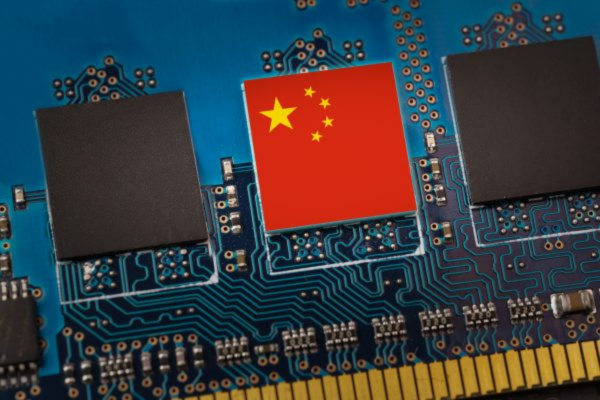
The Technological Breakthrough: SMIC’s Moment of Triumph.
5. A Landmark Achievement: SMIC’s 7nm-Class Chip
The revelation that the Huawei Mate 60 Pro houses a Kirin 9000S SoC manufactured by SMIC marks a pivotal moment for the Chinese semiconductor industry. It introduces the concept of a 7nm-class processor produced within China, narrowing the gap with industry leaders in Taiwan, South Korea, and the US.
Also Read “Tesla Decreases The Price Of FSD Beta To $12,000“
6. The Veiled Capabilities: SMIC’s Mysterious Technology
SMIC’s reticence about its technological capabilities adds to the intrigue. The company’s official documentation only mentions foundry services up to the 28nm lithography process, concealing its true capabilities. Prior engagements with HiSilicon, including the production of a 14nm-class chip and a specialized 7nm Bitcoin mining chip, hinted at their potential.
7. The Missing Puzzle Piece: EUV Lithography
While SMIC’s 7nm-class chip signifies significant progress, it lacks extreme ultraviolet (EUV) lithography, a key component of 5nm-class processors. The absence of EUV machinery raises questions about SMIC’s readiness to compete with established leaders who utilize this cutting-edge technology.
The Kirin 9000S and the Huawei Mate 60 Pro: A Closer Look
8. A Speculative SoC: Deciphering Kirin 9000S’s Potential
Detailed specifications of the Kirin 9000S remain a well-guarded secret. However, its predecessor, the Kirin 9000, positioned itself favorably against rivals like the Snapdragon 888 and Exynos 2100, boasting an eight-core CPU, 24 ARM GPU cores, LPDDR5 memory support, and integrated 5G connectivity. The Kirin 9000S may carry forward this legacy.
Read Also “iPhone 15 Design Rumors: How Apple’s New Phones May Change“
9. The Mate 60 Pro: A Camera-Centric Marvel
Beyond the SoC, the Huawei Mate 60 Pro offers a glimpse into the future of camera-centric smartphones. It runs on the 4.0 generation of Huawei’s Harmony operating system and features a substantial 6.82-inch OLED display with a variable refresh rate. Its camera module, retaining a triple-lens setup, promises photography enthusiasts a remarkable experience.
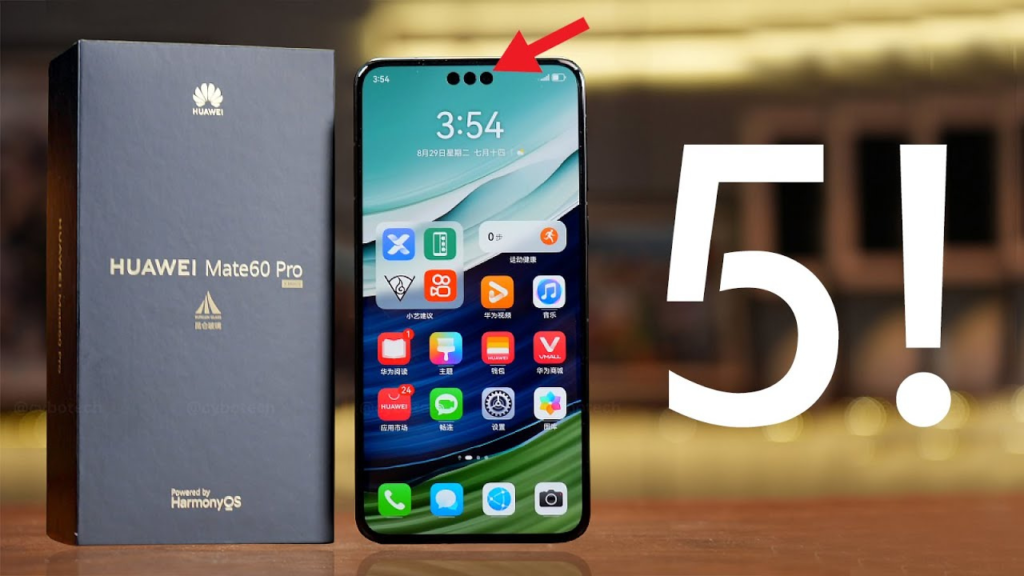
10. Charging Ahead: Enhanced Battery and Fast Charging
Huawei has upped the ante with the Mate 60 Pro’s battery, increasing its capacity to 5000 mAh compared to its predecessors’ 4700 mAh. Furthermore, the smartphone benefits from 88W fast charging, a significant improvement over the previous 66W charging. This move positions the Mate 60 Pro as a formidable contender in the smartphone market.
The emergence of the Kirin 9000S and its production at SMIC signifies a transformative moment in the semiconductor landscape. While shrouded in secrecy and speculation, it symbolizes China’s progress in narrowing the technological gap with industry leaders. As the Huawei Mate 60 Pro prepares to debut, the tech world watches with bated breath, eager to witness the impact of this enigmatic collaboration on the global semiconductor stage.

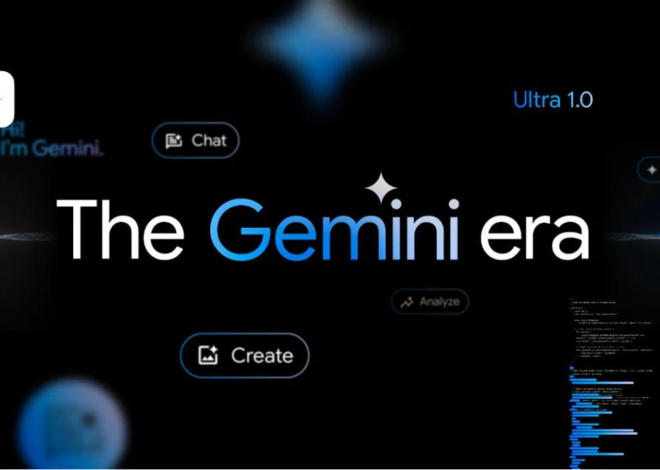








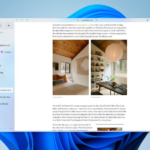



this product is the best Huawei Mate 60 Pro the best phone are saves charging are very useful phone so by the phone and use it thanks.